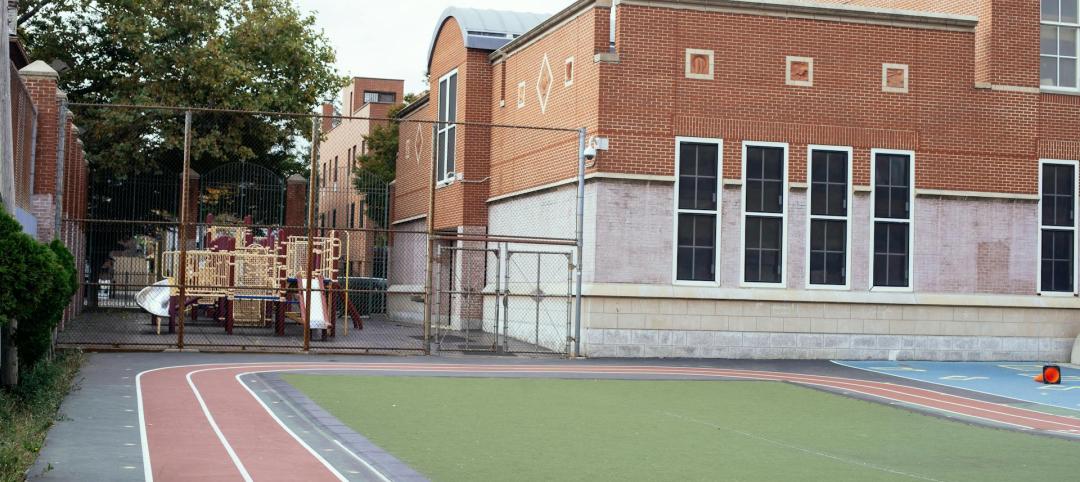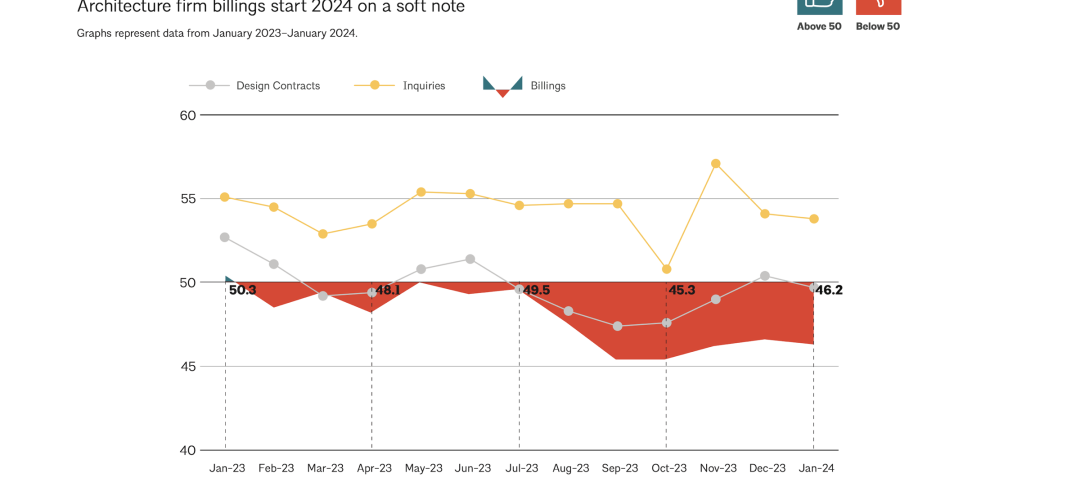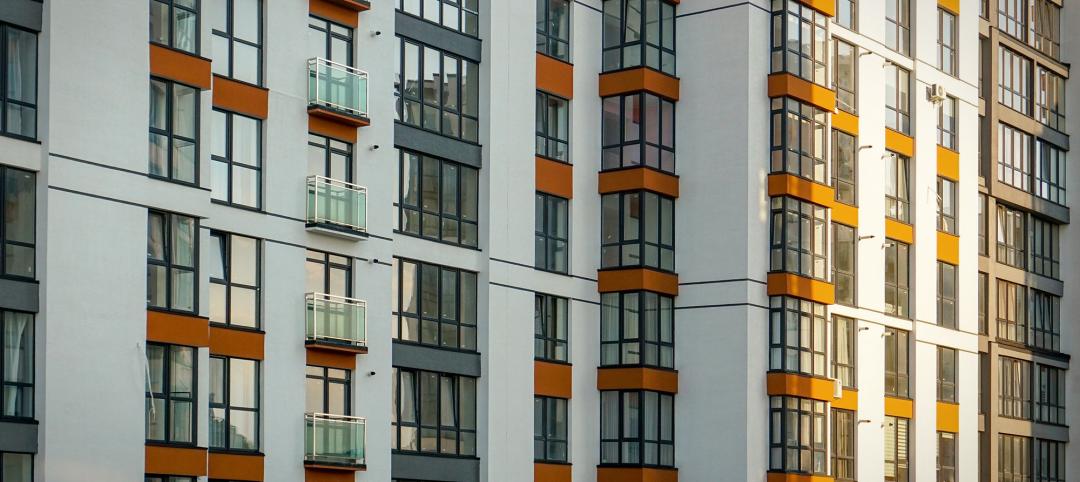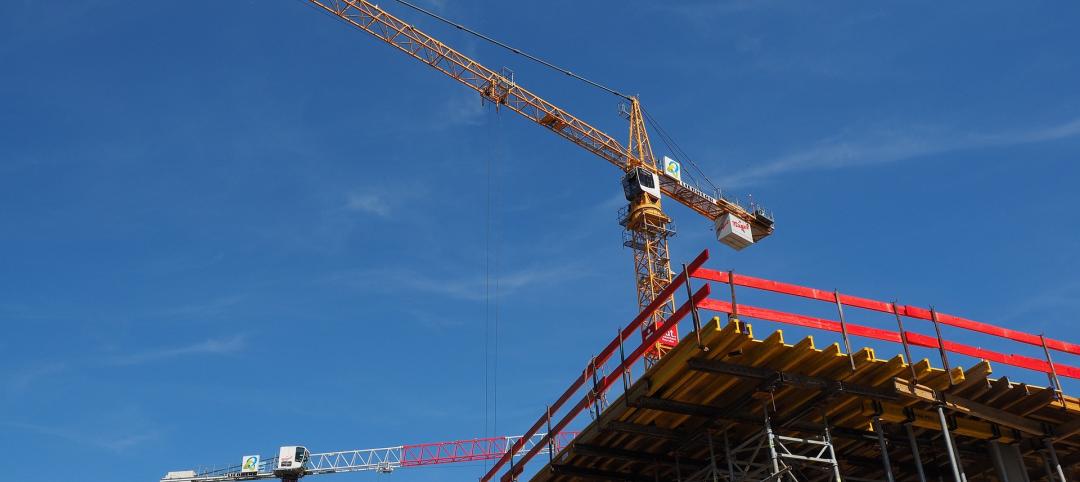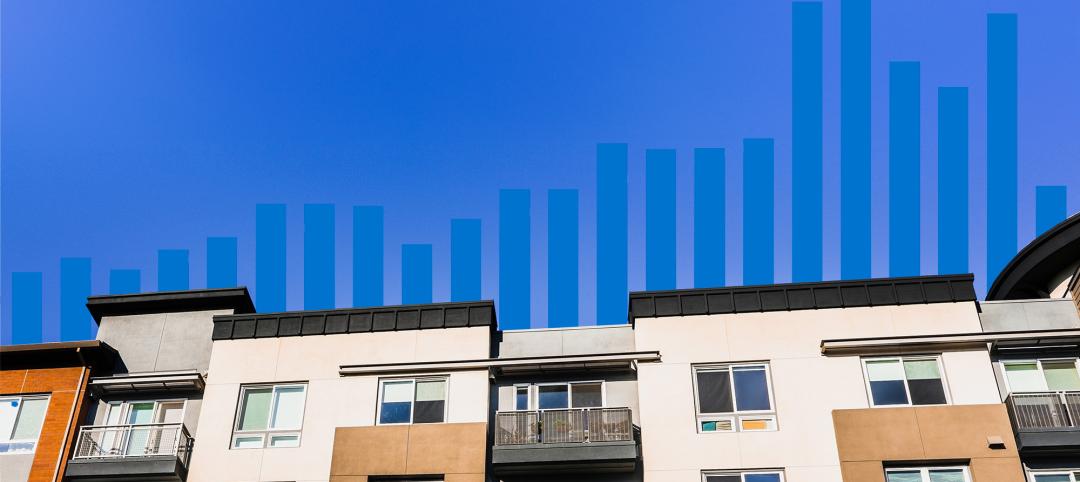Following the American Institute of Architects (AIA) announcement of the approval of a landmark resolution to engage the architectural profession in fighting climate change, a new report reveals why architects and engineers will need to redouble their efforts to reach 2030 Commitment goals.
“The findings of this new report underscore why it is imperative that the AIA make climate change a number one priority,” said AIA EVP/Chief Executive Officer Robert Ivy, FAIA. “Architects are uniquely positioned to have a significant impact on climate action. AIA is committed to rallying the profession so that together we can make progress towards our net-zero carbon goals by 2030. It’s critical that the architecture, engineering and construction industries come together to take action on this issue today.”
The report—2030 by the Numbers: The 2018 Summary of the AIA 2030 Commitment—amalgamates predicted energy use data in buildings from the 252 firms participating in the 2030 Commitment. Data from the latest report shows participating architects, engineers and owners are making progress to reduce the carbon footprint of buildings but are falling short of program targets.
In 2018, firms were targeting a 70% reduction in predicted energy use from the original baseline. Data from the new report shows that only a 46% reduction has been achieved.
Despite this shortfall, the report also points to progress. The data shows that the projects from the 252 participating firms would reduce $3.3 billion in operating costs and eliminate 17.7 million metric tons of CO2 emissions, which is equivalent to removing 3.7 million passenger vehicles from the road for a year.
AIA and its members are working to improve these results in an effort to meet 2030 Commitment targets. Last week, the AIA announced a landmark initiative to define immediate and long-term efforts to engage the architectural profession in climate action. Currently, the Institute is establishing goals to support mitigation and adaptation using the tenets of the comprehensive and holistic COTE Top Ten framework, now known as the AIA Framework for Design Excellence. Initially, AIA will focus its efforts on designing for energy, economy, and equitable communities. Additionally, the Institute will continue to encourage participation in the AIA’s 2030 Commitment and will work to develop new programs and resources that will support architects in fighting climate change.
Complete details of the report and information on AIA’s 2030 Commitment program can be found on AIA’s website.
Related Stories
K-12 Schools | Feb 29, 2024
Average age of U.S. school buildings is just under 50 years
The average age of a main instructional school building in the United States is 49 years, according to a survey by the National Center for Education Statistics (NCES). About 38% of schools were built before 1970. Roughly half of the schools surveyed have undergone a major building renovation or addition.
MFPRO+ Research | Feb 27, 2024
Most competitive rental markets of early 2024
The U.S. rental market in early 2024 is moderately competitive, with apartments taking an average of 41 days to find tenants, according to the latest RentCafe Market Competitivity Report.
Construction Costs | Feb 22, 2024
K-12 school construction costs for 2024
Data from Gordian breaks down the average cost per square foot for four different types of K-12 school buildings (elementary schools, junior high schools, high schools, and vocational schools) across 10 U.S. cities.
Student Housing | Feb 21, 2024
Student housing preleasing continues to grow at record pace
Student housing preleasing continues to be robust even as rent growth has decelerated, according to the latest Yardi Matrix National Student Housing Report.
Architects | Feb 21, 2024
Architecture Billings Index remains in 'declining billings' state in January 2024
Architecture firm billings remained soft entering into 2024, with an AIA/Deltek Architecture Billings Index (ABI) score of 46.2 in January. Any score below 50.0 indicates decreasing business conditions.
Multifamily Housing | Feb 14, 2024
Multifamily rent remains flat at $1,710 in January
The multifamily market was stable at the start of 2024, despite the pressure of a supply boom in some markets, according to the latest Yardi Matrix National Multifamily Report.
Student Housing | Feb 13, 2024
Student housing market expected to improve in 2024
The past year has brought tough times for student housing investment sales due to unfavorable debt markets. However, 2024 offers a brighter outlook if debt conditions improve as predicted.
Contractors | Feb 13, 2024
The average U.S. contractor has 8.4 months worth of construction work in the pipeline, as of January 2024
Associated Builders and Contractors reported today that its Construction Backlog Indicator declined to 8.4 months in January, according to an ABC member survey conducted from Jan. 22 to Feb. 4. The reading is down 0.6 months from January 2023.
Industry Research | Feb 8, 2024
New multifamily development in 2023 exceeded expectations
Despite a problematic financing environment, 2023 multifamily construction starts held up “remarkably well” according to the latest Yardi Matrix report.
Market Data | Feb 7, 2024
New download: BD+C's February 2024 Market Intelligence Report
Building Design+Construction's monthly Market Intelligence Report offers a snapshot of the health of the U.S. building construction industry, including the commercial, multifamily, institutional, and industrial building sectors. This report tracks the latest metrics related to construction spending, demand for design services, contractor backlogs, and material price trends.



